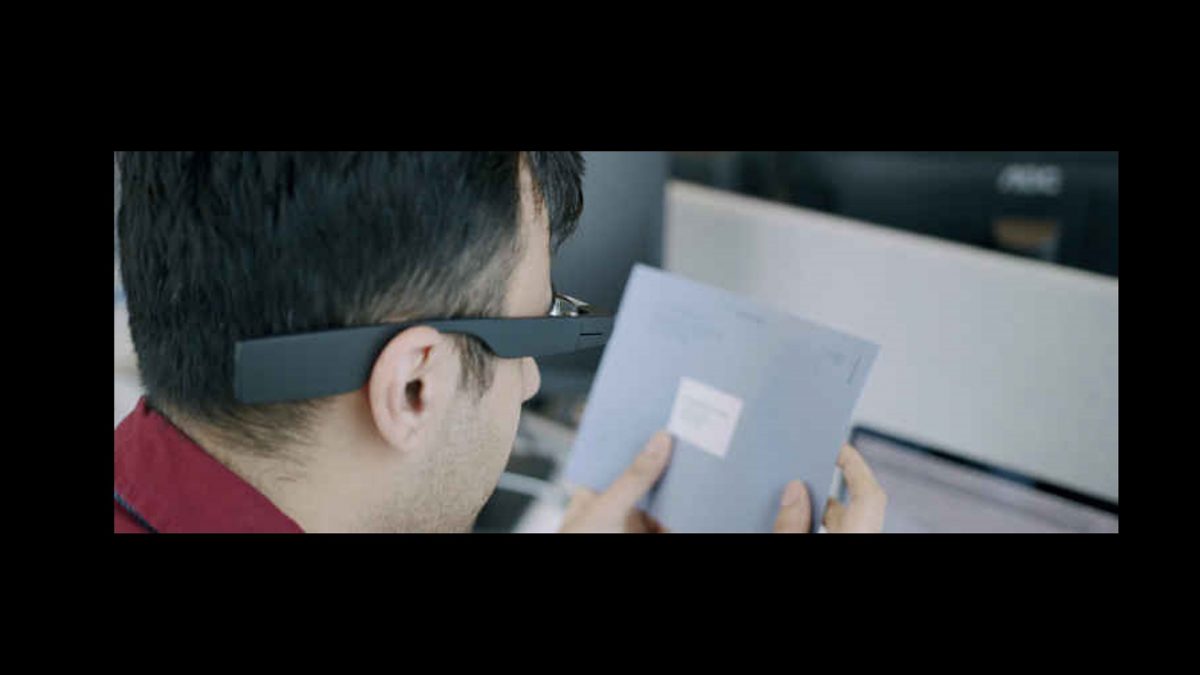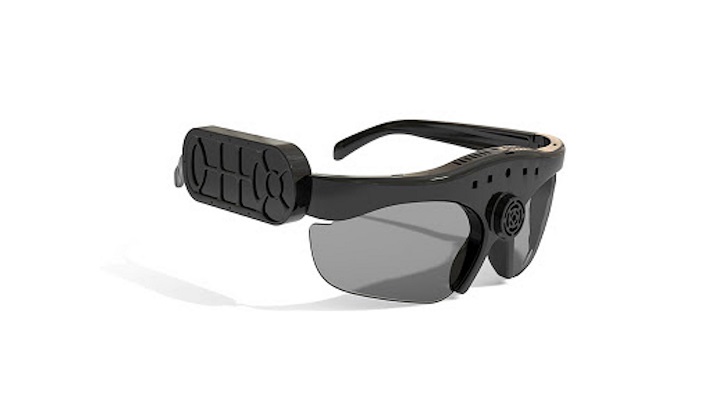Mobility Aids for Visually Impaired Users: Enhancing Independence and Navigation
Mobility Aids for Visually Impaired Users: Enhancing Independence and Navigation
Blog Article
Cutting-edge Solutions in Assistive Technology for Visual Impairment
The landscape of assistive modern technology for visual impairment is advancing quickly, offering a variety of cutting-edge solutions that enhance accessibility and self-reliance. From sophisticated smart device applications that promote navigating to wearable gadgets made for real-time support, these tools are improving the experiences of those with visual disabilities. The combination of clever home innovations and instructional sources has the possible to cultivate higher community involvement. Nevertheless, the implications of these developments raise essential concerns concerning their accessibility and performance in varied contexts, requiring a closer assessment of their wider effect.
Innovations in Smart Device Applications
Over the last few years, innovations in smart device applications have significantly changed the landscape of assistive innovation for people with visual impairments. These applications take advantage of the effective sensing units and capacities of modern-day smartphones to offer individuals with tools that boost self-reliance and availability in their every day lives.
Notable among these technologies are applications designed for item acknowledgment, which use the smart device's video camera to recognize things and offer spoken descriptions. Such features equip individuals to browse their environments better, whether determining products in stores or finding individual items at home. Additionally, text-to-speech applications have enhanced significantly, allowing individuals to record printed text via their tool's camera and get split second audio responses, thus promoting analysis and comprehension.
Community-driven applications have cultivated social interaction and source sharing amongst people with aesthetic problems, developing an encouraging network that enhances their top quality of life. On the whole, mobile phone applications have come to be indispensable allies in promoting freedom and access for people with aesthetic disabilities.
Wearable Gadgets for Navigation
Wearable tools for navigation have actually become a groundbreaking solution for individuals with aesthetic problems, using hands-free support that improves movement and alignment. These devices typically utilize sophisticated modern technologies, consisting of GPS, ultrasonic sensing units, and artificial intelligence, to provide real-time comments and direction to users as they browse their environment.
One noteworthy instance of wearable navigation technology is smart glasses, which can identify barriers and relay auditory or haptic comments to the wearer, permitting for secure and effective motion in various setups. Other devices, such as belts and vests furnished with sensing units, can likewise inform customers of their environments by providing alerts regarding neighboring items or modifications in surface.
In addition, numerous wearable devices incorporate with smartphone applications, allowing customers to personalize their navigating preferences and obtain customized route suggestions. This personalization can substantially boost the individual experience, equipping people to take a trip with greater confidence and freedom.
As technology remains to develop, the possibility for wearable navigation gadgets to improve the lifestyle for individuals with visual impairments remains substantial, leading the way for more available and inclusive environments.
Smart Home Innovation Combination

In addition, smart appliances outfitted with tactile user interfaces or auditory feedback provide instinctive interactions that provide look at here now especially to the requirements of those with aesthetic disabilities. For example, clever fridges can reveal their contents and expiration dates, while smart stoves can guide individuals via the cooking process with audio guidelines.
Home automation systems, such as smart doorbells and safety electronic cameras, provide tranquility of mind by permitting individuals to receive signals and accessibility live feeds by means of their smart phones, boosting individual security (AI-powered visual aids). In addition, integration with tablets and smartphones ensures that users can handle their home atmosphere from anywhere within their facilities
As smart home innovation remains to develop, it holds the prospective to transform the living experiences of individuals with aesthetic impairments, cultivating freedom and enhancing quality of life in a progressively connected world.

Educational Equipment and Resources
Access to reliable educational tools and sources is important for people with aesthetic impairments, as it encourages them to engage totally in their knowing experiences. Different assistive innovations have actually been developed to enhance accessibility and foster independent learning. Display visitors, as an example, convert text into speech, allowing pupils to accessibility digital material flawlessly. AI-powered visual aids. Furthermore, refreshable braille screens offer tactile responses, making it less complicated for students to communicate with written material.
Furthermore, instructional software program particularly created for aesthetically impaired users supplies features such as high-contrast modes and adjustable text dimensions. These devices fit diverse discovering styles and make certain that pupils can tailor their instructional experience to their needs.
Furthermore, access to digital collections and audio publications increases the variety of offered understanding products, allowing trainees to explore topics extensive without the constraints enforced by conventional print resources. Joint platforms that integrate availability features also facilitate team tasks, making certain that visually damaged pupils can contribute who is an optometrist meaningfully together with their peers.
Community Support and Interaction
A robust network of community assistance and involvement is necessary for individuals with visual disabilities, fostering an inclusive environment where they can flourish. Neighborhood organizations, neighborhood advocacy teams, and volunteers play an essential function in supplying resources, information, and companionship, which are essential for boosting the lifestyle for those impacted by aesthetic impairments.
Interaction tasks such as workshops, get-togethers, and support system not only help with skill advancement yet additionally promote social interaction, reducing sensations of isolation. These initiatives encourage individuals to share obstacles, successes, and experiences, therefore enhancing area bonds. In addition, partnerships with local organizations can cause better accessibility in public rooms, further integrating people with visual disabilities right into the neighborhood.
Modern technology additionally enhances neighborhood interaction through online platforms that supply virtual support system and resources, permitting people to link despite geographical barriers. By taking advantage of both digital and in-person remedies, neighborhoods can create a comprehensive support network. Ultimately, cultivating cooperation amongst different stakeholders-- consisting of family members, instructors, look here and medical care specialists-- guarantees that people with visual problems get the alternative support required to navigate day-to-day live properly and with dignity.
Final Thought
Ingenious options in assistive technology for aesthetic problems dramatically improve the top quality of life for people encountering these difficulties. The assimilation of smart device applications, wearable tools, clever home technology, and educational devices cultivates higher self-reliance and access.
The landscape of assistive technology for aesthetic impairment is progressing swiftly, providing a variety of innovative options that enhance ease of access and independence. Community-driven applications have promoted social interaction and source sharing among people with visual problems, developing an encouraging network that enhances their top quality of life. Generally, mobile phone applications have become vital allies in promoting freedom and ease of access for people with aesthetic impairments.
Lots of people with visual problems are locating better freedom via the combination of smart home innovation.Ingenious options in assistive innovation for aesthetic problems dramatically boost the top quality of life for people facing these challenges.
Report this page